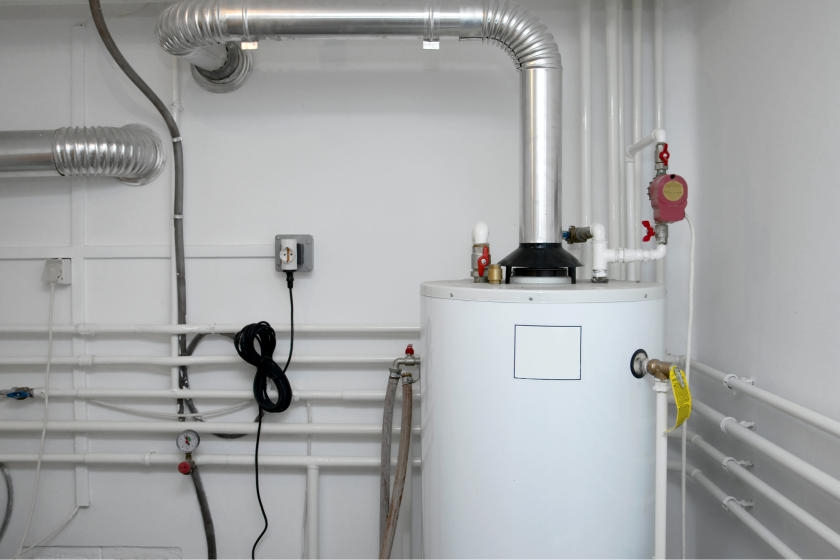What to Maintain Your Home's Hot Water System ProperlyImportant Care Tips for Your Home's Hot Water System
What to Maintain Your Home's Hot Water System ProperlyImportant Care Tips for Your Home's Hot Water System
Blog Article
How do you really feel when it comes to Tips For Maintaining Your Hot Water Heater?

Warm water is necessary for day-to-day comfort, whether it's for a refreshing shower or washing meals. To guarantee your warm water system runs successfully and lasts longer, regular maintenance is crucial. This post offers useful tips and understandings on just how to maintain your home's hot water system to prevent disturbances and pricey repairs.
Introduction
Preserving your home's hot water system may appear daunting, but with a few easy steps, you can ensure it operates smoothly for many years to find. This overview covers every little thing from recognizing your warm water system to do it yourself upkeep pointers and recognizing when to call in professional help.
Significance of Keeping Your Warm Water System
Normal upkeep not just expands the life-span of your warm water system yet additionally guarantees it runs effectively. Ignoring maintenance can result in decreased performance, higher energy bills, and also early failing of the system.
Indications Your Hot Water System Needs Maintenance
Knowing when your warm water system needs attention can avoid major problems. Keep an eye out for signs such as irregular water temperature level, odd noises from the heating unit, or rusty water.
Recognizing Your Warm Water System
Before diving right into maintenance jobs, it's helpful to recognize the basic elements of your hot water system. Generally, this consists of the hot water heater itself, pipes, anode poles, and temperature controls.
Month-to-month Maintenance Tasks
Regular regular monthly checks can aid catch minor problems before they rise.
Purging the Water Heater
Purging your water heater eliminates sediment accumulation, boosting efficiency and extending its life.
Checking and Replacing Anode Rods
Anode rods stop deterioration inside the container. Inspecting and replacing them when worn is important.
Examining and Readjusting Temperature Level Settings
Readjusting the temperature level settings makes sure optimum efficiency and security.
Do It Yourself Tips for Upkeep
You can perform numerous upkeep tasks on your own to keep your hot water system in top problem.
Checking for Leakages
Routinely inspect pipelines and links for leakages, as these can cause water damage and higher costs.
Examining Stress Relief Valves
Testing the pressure relief valve ensures it operates properly and avoids extreme pressure buildup.
Insulating Pipes
Insulating warm water pipelines lowers warmth loss and can conserve power.
When to Call an Expert
While do it yourself maintenance is advantageous, some concerns need specialist expertise.
Complicated Issues Requiring Specialist Assistance
Examples consist of major leakages, electrical problems, or if your hot water heater is constantly underperforming.
Regular Expert Maintenance Conveniences
Professional maintenance can include extensive inspections, tune-ups, and making sure compliance with safety and security standards.
Verdict
Normal maintenance of your home's warm water system is important for efficiency, durability, and cost financial savings. By adhering to these suggestions and understanding when to look for professional assistance, you can ensure a trustworthy supply of hot water without unforeseen disruptions.
How to Maintain an Instant Hot Water Heater
Before tinkering with your hot water heater, make sure that it’s not powered on. You also have to turn off the main circuit breaker and shut off the main gas line to prevent accidents. Also turn off the water valves connected to your unit to prevent water from flowing into and out of the appliance. 2. When you’re done, you have to detach the purge valves’ caps. These look like the letter “T” and are situated on either side of the water valves. Doing so will release any pressure that has accumulated inside the valves while at the same time avoid hot water from shooting out and burning your skin. 3. When the purge valves’ caps are removed, you have to connect your hosing lines to the valves. Your unit should have come with three hoses but if it didn’t, you can purchase these things from any hardware or home repair shops. You can also get them from retail stores that sell water heating systems. Read the user’s manual and follow it to complete this task properly. When the hosing lines are connected, open the purge port’s valves. 4. You should never use harsh chemical cleaners or solutions when cleaning your unit. Make use of white vinegar instead. It should be undiluted and you’ll probably use about 2 gallons. 5. Now flush your water heater. This task should probably take about 40 minutes. We can’t give you specific directions for this because the procedure is carried out depending on the type, model and brand of your heater. With that being said, refer to the user’s manual. 6. When you’re done draining the unit, you have to turn off the purge port valves again. Remove the hosing lines that you earlier installed on each of the water valves. Put the valve caps (purge port) back in their respective places and be very careful so as not to damage the rubber discs that are found inside these caps. 7. Now that everything’s back in place, check your user’s manual again to find out how to reactivate your water heating system. 8. Once it is working, turn one of your hot water faucets on just to let air pass through the heater’s water supply pipes. Leave the tap on until water flows smoothly out of it. https://www.orrplumbing.com/blog/2014/september/how-to-maintain-an-instant-hot-water-heater/

Do you really like reading up on What Kind of Maintenance Do Water Heaters Need?? Put a remark down below. We'd be glad to hear your responses about this content. We hope that you visit us again in the future. In case you liked our post please don't forget to share it. I truly appreciate your readership.
Estimate Free Report this page